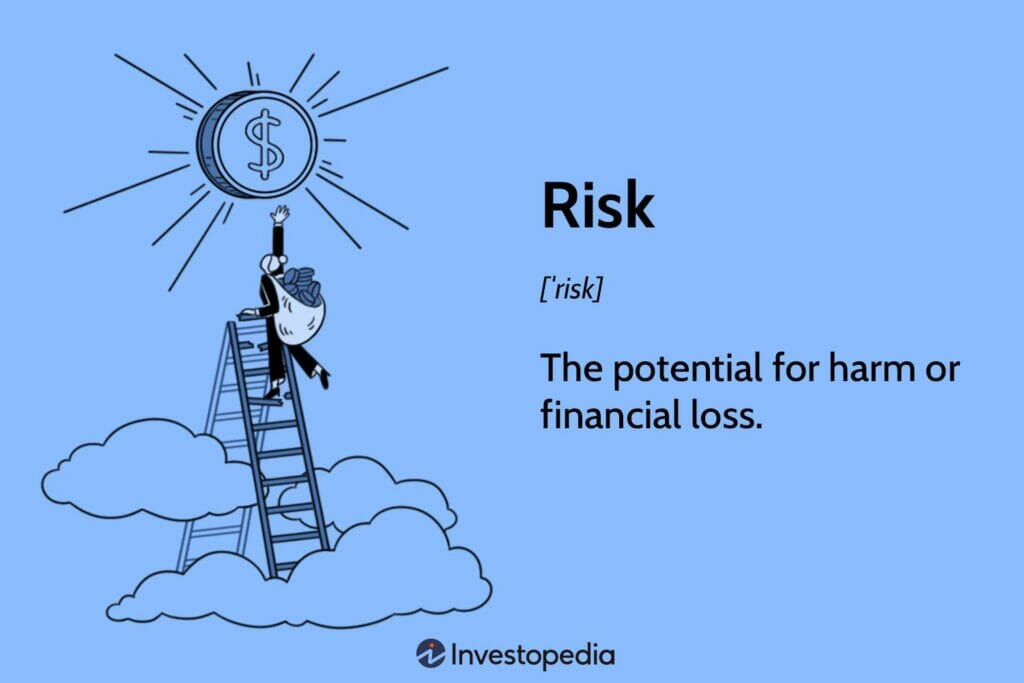
An Interview with Manish Godha, CEO Advaiya
What is Peripheral Automation and why is it important to enterprises?
Manish: Peripheral Automation refers to an approach to enterprise architecture that views the automation in an enterprise as layers—with standard and robust core applications and databases as the base and vibrant interfaces and experiences at the top meeting the business’s unique process and information needs. It recognizes that the need for permanence is the highest at the base and innovation most rapid at the periphery. It can be contrasted with a monolithic architectural approach where unique contexts are addressed via fully custom-built applications or through deep customization of standard applications. This approach prioritizes agility along with reliability. Peripheral Automation is not a one-time endeavor but a series of strategic initiatives and experiments. This incremental approach minimizes disruption and allows for confident scaling, laying the groundwork for ever more comprehensive digital initiatives.
Whether through data automation, process automation, or leveraging intelligence with AI and ML, Peripheral Automation drives transformative experiences and effectiveness within a robust enterprise architecture. It allows robust core systems of records to support an enormous constellation of stakeholders, partners, users, devices, and platforms in an agile manner.
For an enterprise, the Peripheral Automation approach helps to stay competitive and responsive to evolving market demands. It allows organizations to enhance productivity, streamline operations, and optimize resource allocation while leveraging existing systems and investments. Peripheral Automation enables organizations to navigate complexity with precision and confidently drive innovation. This approach not only fosters agility and adaptability but also enables differentiation and strategy execution while leveraging robust, time-tested systems of records, retaining reliability and continuity.
What problems does it solve and why is it the best path to “getting there?”
Manish: Technology is a great enabler of businesses and at the same time a source of their frustrations. The promise of technology is often juxtaposed with costly and lengthy deployments and lack of flexibility. As businesses build their enterprise IT architecture, they often choose reliable, time-tested solutions which can often be generic, feel stale or be limiting. The alternative can be effort intensive customizations which can require not so easily available talent to build and run without having prior evidence of being sufficiently reliable. Thus the challenge is how to provide differentiated and ever-evolving experiences while maintaining a robust core which can be relied on for continuity and coherence. In dynamic business environments (which most businesses face today), architecture has to ensure that while being robust and reliable, it also allows for rapid changes and innovation.
Peripheral Automation recognizes that businesses rely on core systems of records—information assets relating to their customers, employees, products, transactions, and so on. These systems have to support operations and strategy execution in a dynamic environment where changing contexts have to be responded with rapidly rolling out novel interactions and experiences. The Peripheral Automation approach ensures that it is easy and natural for businesses to do that.
As you break systems into systems of record and systems of engagements, what role does PA play?
Manish: Peripheral Automation entails careful identification of core databases, business processes, and stakeholder needs. It enables aligning them in a flexible manner while creating required data links to consistently enrich data through the process.
Specific interactions and experiences are then mapped onto this core—built of key processes and databases. In general, Peripheral Automation supports building the core by leveraging time-tested, highly available, and supported data and business application platforms. These business applications, thus, serve as systems of records, enabling constellations of services, apps, interfaces, and customizations, enabling stakeholders to achieve their goals. These are built to be modular, specific, and disposable—thus, businesses can rapidly and flexibly modify their stakeholder experiences and engagements as per strategic needs.
Is Peripheral Automation being accelerated with AI?
Manish: AI is clearly a force multiplier for Peripheral Automation. AI accelerates and makes Peripheral Automation exponentially more effective. The enterprise architecture perspective enabled by Peripheral Automation allows embedding AI at every level. AI models built with core records are very much a part of the core systems and can be leveraged by process automations and can power the interactions. AI based data enrichment and consolidation can mean that myriad disparate business systems can rapidly and reliably serve as core systems of records. At the same time AI tools now allow newer multi-modal enagements to be built quickly, powered by the same core systems of records augmented by core models. AI tools speed up the development and refinement of data and process automations, thus enabling rapid experimentation and evolution of systems of experiences and engagements.
What is the role that Advaiya plays with customers in using PA for successful outcomes?
Manish: Our approach is guided by the principles of care, competence, and context. We recognize that technology is only effective when it is tailored to the specific needs and challenges of each business. By the leveraging Peripheral Automation approach, we provide robust and dependable core platforms, databases, and models, enabling agile interactions and engagement.
This approach allows efficiencies to be achieved with business applications that are built on core records with standard and time-tested automation based on industry best practices. Further productivity and differentiation is achieved via tailored and unique interactions and experiences built in alignment with business strategy and differentiation. For instance, with Peripheral Automation, a customer relationship management solution not only builds centralized customer data sets, but also enables independent automation for specific customer interactions allowing personalized engagement and fostering long-term customer relationships, thereby driving revenue growth and market differentiation.









